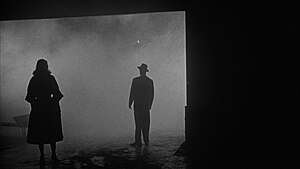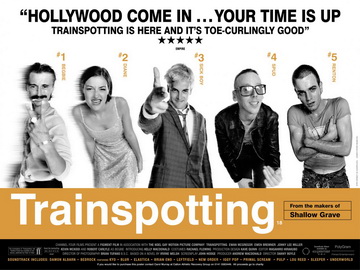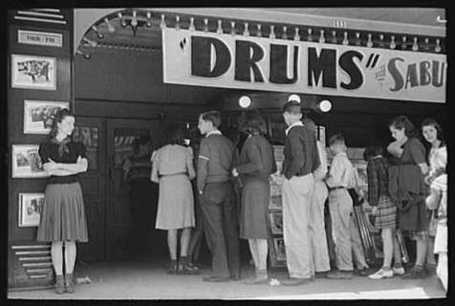Notes on French Impressionism and Surrealism (1918 - 1930)
(Davi Bordwell and Kristen Thompson: Film Art An Introduction: pp 450 - 453)
 |
| goggled picture of the book's cover |
I love reading books most especially those who are informative. Self help and school books kind a works for me, like the book written above. Note: this is the same book we're recommended to read when I wrote a post about German Expressionism. I hope that you'll enjoy reading the things I learned from my cinema class. Unlike my previous post this is just my pure understanding of what I read in the book because our lesson will be taking place next week.
Let me start in sharing that during the silent era, French felt the need to create a new style apart from the usual narrative form of Hollywood films. This gave birth to impressionism and surrealism. The impressionist directors work for major french companies and said to be financially successful. It has been said in the book that later in the mid-1920's some created their own independent companies but still relate to the mainstream ones buy renting studio facilities and in releasing films. However, I learned that the surrealist stayed outside the film industry and formed allies with other forms of art depending on their own means. This era in France have proved that it is possible for two film movements can exist at the same time.
Impressionism
In the book the two movements were discussed right after German Expressionism. Here, the effect of world war 1 reach the time of impressionism. I came to know the film studios were used for war purposes and that the french film industry have reach a low peak. There they don't have a choice but to fill the theaters with American films like Charlie Chaplin's (a well knwon actor of the silent era). But a shift of motivation to several french directions gave back hope for the French film industry. Before it is said that former directors see films are treated for commercial purposes only but these new directors were motivated to see it as a form of art like literature and paintings. Impressionism is the start of looking a character beyond its physical physique. This is to my understanding of what I read. I have that aha moment as I read the impressionism discovering that this is my favorite. It is where a character's inner psychological being is to be dig deeper. You are familiar with this - flashbacks. The factors that caused a character to be it's present state. One example I could think of is the last movie of Harry Potter series (Hello HP fans!) when through a drop of his tear of Snape, Harry poured it in a 'mini well' (sorry I do't know what is called) then a flash back goes back and revealed the past that all this time Snape have grew love and concerned for the 'boy'. In relation to that example, the impressionist films also did required technological advances. I learn that they become more in need in more frames, wide screens, different angle shots, lenses that resembles a perspective of an eye. It has also influence movies like of Alfred Hitchcock and up to today's time.
Surrealism
Anti - narrative is used to describe surrealism. As describe in the first paragraph surrealist enjoy the company of their small companies. I learn that it is mostly influenced by surrealist paintings. I did had difficulty understanding the whole text but what I grasped is that it is the opposite of impressionism. Here, psychological factors are of no emphasis as well as the narrative. As to my understanding these are like the non-sequitor films (but I will check on you when I have a better understanding during our lecture). To support my understanding is the said editing characteristics of surrealism. Superimposition and many dissolves are editing similar to impressionism. Scenes are not edited to be coherent.
Facts given in the book said that surrealist had been low during the 1930's as of its relation to the political issue when surrealist joined the Communist party in 1929, making people think that the said cinema style is the equivalent of political communism. It still later continued because of the individual artist.













_09.jpg)
